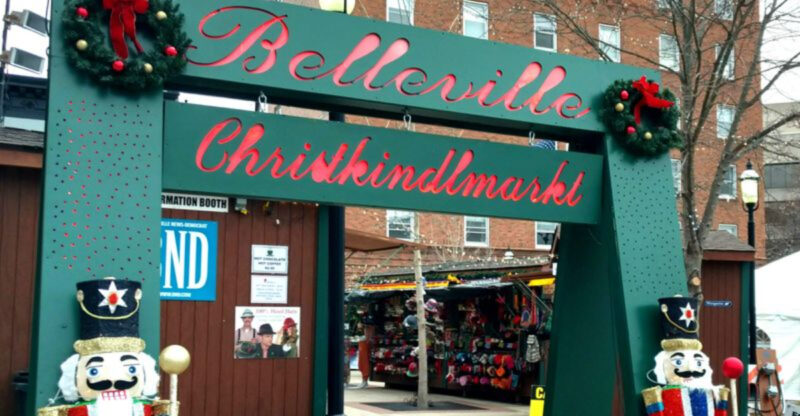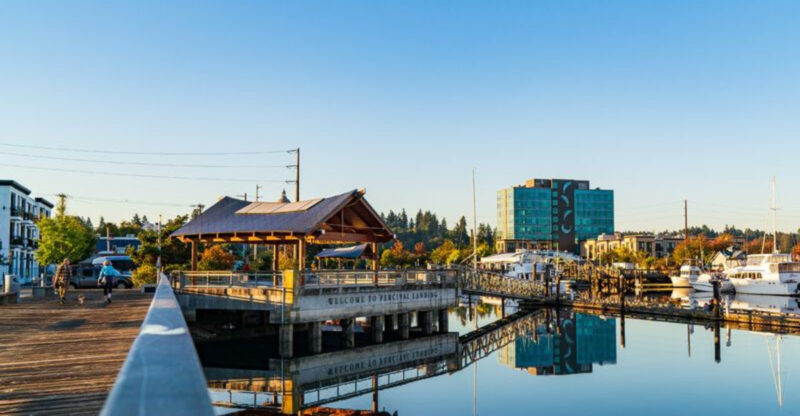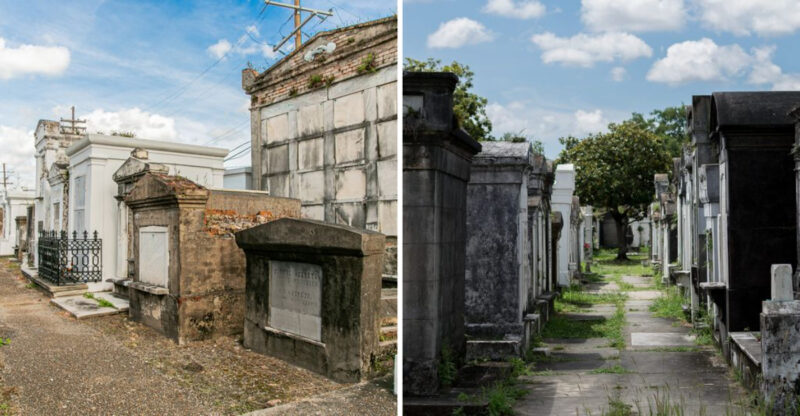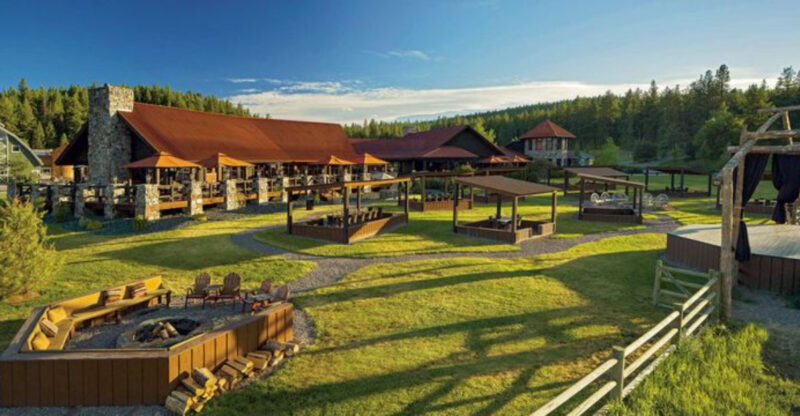Tourist Attractions In Illinois Locals Say Aren’t Worth It
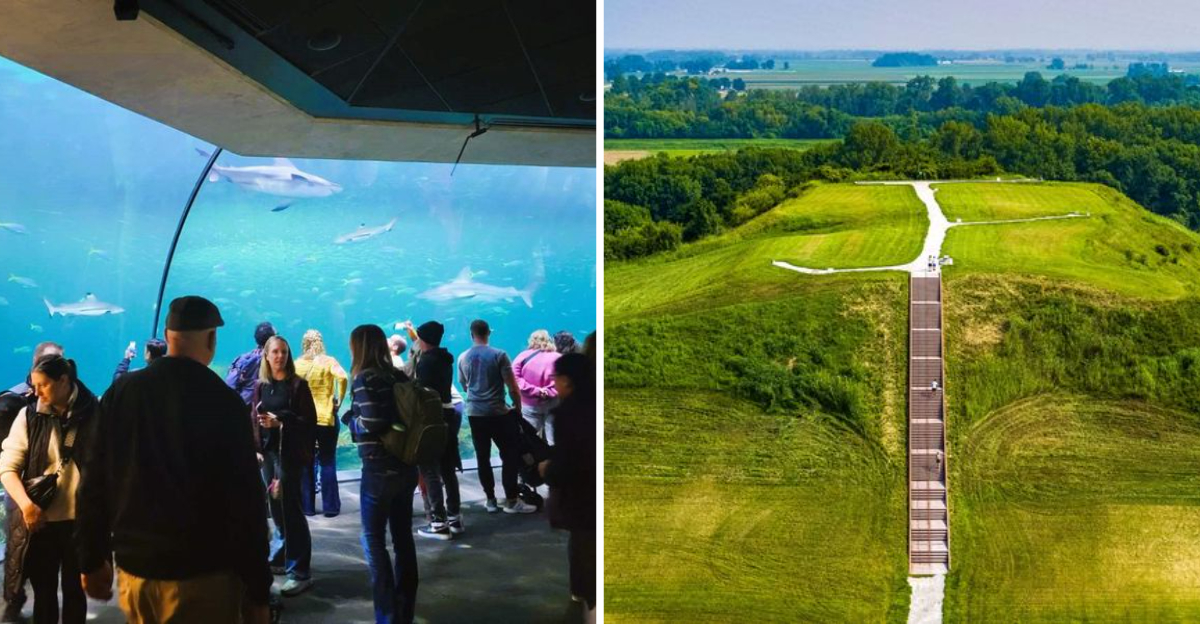
Illinois is packed with famous landmarks that draw millions of visitors every year, but not all of them live up to the hype. Many locals will tell you that some of these attractions are overcrowded, overpriced, or just plain underwhelming compared to what you’d expect.
I’ve gathered honest opinions from people who live here to help you skip the tourist traps and save your time for places that truly deliver.
1. Navy Pier, Chicago
Once upon a time, Navy Pier served as a working dock and a genuine piece of Chicago’s waterfront history. Now it’s basically an outdoor shopping mall crammed with chain restaurants you can find anywhere in America. The crowds are overwhelming, especially during summer weekends when families pack every inch of the boardwalk.
Prices for food and attractions are sky-high, and locals joke that only tourists pay $15 for a hot dog here. If you want authentic Chicago lakefront vibes, head to the quieter parks along the shore instead.
You’ll save money and actually enjoy the beautiful views without fighting through selfie-stick traffic at every turn.
2. Starved Rock State Park, Utica
Did you know that this park’s natural beauty practically disappears under the weight of tourist traffic during peak seasons? The trails become so congested that you’re essentially hiking in a single-file line with strangers. What should be a peaceful nature escape turns into an exercise in patience as you wait for photo opportunities at every waterfall.
Parking fills up before 9 AM on weekends, forcing visitors to park miles away or give up entirely. Locals who grew up exploring these canyons now avoid them completely, choosing lesser-known state parks where they can actually hear birds instead of conversations.
The park is beautiful, but the experience feels more like waiting in line at an amusement park than connecting with nature.
3. Galena
This charming Victorian town has become a victim of its own success, transforming from a genuine community into a tourist playground. Main Street shops now sell mostly souvenirs and trinkets rather than goods that actual residents need or want. Housing costs have skyrocketed as investors snap up properties to turn them into weekend rental cottages.
When every business caters exclusively to visitors, the authentic character that made Galena special in the first place vanishes. Locals complain about traffic jams on weekends and the loss of neighborhood grocery stores and hardware shops.
Sure, the architecture remains gorgeous, but walking through town feels like touring a movie set rather than experiencing a living, breathing community where real people actually make their homes.
4. Cloud Gate (The Bean), Chicago
It’s impossible to take a decent photo here without dozens of strangers photobombing your shot, and that’s exactly why locals roll their eyes at this attraction. The Bean is undeniably cool as a piece of public art, but the experience of visiting it has become exhausting. You’ll spend more time navigating around tour groups than actually appreciating the sculpture’s reflective surface.
Security guards constantly remind people not to touch it, even though touching it is half the appeal for most visitors.
Chicago has incredible architecture and art throughout the entire city, yet tourists flock to this single spot like it’s the only thing worth seeing. If you must visit, go at sunrise when the crowds haven’t arrived yet and you can actually enjoy the peaceful reflection of the skyline.
5. The Magnificent Mile, Chicago
How did a shopping street become a must-see tourist destination when it’s filled with the exact same stores you’d find in any suburban mall? The Magnificent Mile lacks the neighborhood charm and local character that make Chicago’s other districts worth exploring. Everything feels corporate and sterile, designed to separate tourists from their money as efficiently as possible.
Locals avoid this area unless they absolutely need something from one of the chain stores, and even then they grumble about it. The restaurants are overpriced and underwhelming compared to the incredible dining options in nearby neighborhoods.
You’re better off exploring areas like Wicker Park or Logan Square, where you’ll find unique boutiques, local designers, and shops with actual personality instead of just another Gap or Banana Republic.
6. Willis Tower Skydeck, Chicago
Are you really willing to wait two hours and pay $30 per person just to stand on a glass floor for 30 seconds? That’s the reality of visiting the Skydeck during most of the year. The views are admittedly spectacular, but so are the views from several other Chicago buildings that don’t require half your day and a small fortune.
The experience feels rushed because staff need to keep the line moving, so you barely have time to enjoy what you paid for. On cloudy days, visibility drops to almost nothing, yet they still charge full price.
Chicago residents suggest visiting the 360 Chicago observation deck or even just grabbing drinks at a rooftop bar instead. You’ll get similar views, better atmosphere, and actually feel like you’re enjoying Chicago rather than just checking off a tourist list item.
7. Route 66 Roadside Attractions
Though the nostalgia factor is real, most of these roadside stops are just gift shops selling overpriced memorabilia with minimal historical value. You’ll drive miles out of your way to see a giant statue or vintage sign, only to discover it’s in a parking lot next to a gas station. The magic of the Mother Road has been commercialized to the point where it feels more like a marketing gimmick than a genuine piece of Americana.
Many of the “attractions” are poorly maintained or closed entirely, leaving you staring at faded paint and locked doors.
Locals know that the real history of Route 66 exists in small museums and genuine diners, not in the manufactured tourist traps that line the highway. Save your time and gas money for destinations with actual substance.
8. Millennium Park Crown Fountain
If you enjoy watching digital faces spit water while surrounded by hundreds of screaming children, this might be your dream destination. For everyone else, the Crown Fountain represents everything overwhelming about tourist-heavy attractions. The concept is creative two glass towers displaying faces of Chicago residents but the execution gets lost in the chaos of splashing kids and hovering parents.
During summer, the area becomes so packed that you can barely see the fountain through the crowds. The water is shallow and not particularly clean by the end of a busy day.
Chicago has dozens of beautiful fountains and water features throughout the city that offer peaceful, photogenic experiences without the mayhem. This one is fine if you’re already in Millennium Park, but definitely not worth a special trip across town.
9. Abraham Lincoln Presidential Library and Museum, Springfield
It’s a decent museum, but locals will tell you it’s wildly overpriced for what you actually get to see and experience. The admission fee rivals major metropolitan museums, yet the exhibits feel more like a theme park version of history than serious scholarship. Special effects and dramatic presentations sometimes overshadow the actual historical artifacts and information.
Springfield has several other Lincoln-related sites that are free or much cheaper and offer more authentic connections to the president’s life. The museum gift shop seems to take up as much space as some of the exhibit halls, which tells you something about priorities.
If you’re a serious Lincoln enthusiast, you’ll probably enjoy it, but casual visitors often leave feeling like they paid too much for a somewhat superficial experience that could have been condensed into half the time and cost.
10. Shedd Aquarium, Chicago
When admission for a family of four costs more than $150, you start questioning whether looking at fish is really worth it. The Shedd is one of the world’s oldest aquariums, and honestly, it shows. Many exhibits feel dated compared to modern aquariums in other cities that offer more interactive and immersive experiences.
Crowds make it nearly impossible to get a good view of the popular exhibits, especially during school field trip season. You’ll spend more time waiting for your turn at the glass than actually observing marine life. The dolphin shows are short and feel more like a quick performance than an educational experience.
Chicago locals suggest visiting smaller, regional aquariums that cost half as much and provide twice the actual viewing time without the overwhelming crowds and outdated facilities that plague this aging institution.
11. Grant Park and Buckingham Fountain, Chicago
Sure, it’s a big fountain, but is it really worth crossing the city to see water spray in patterns? Buckingham Fountain has become such a tourist magnet that the entire area feels more like a photo opportunity than a park. The fountain runs on a timer with light shows in the evening, which means everyone arrives at the same time, creating congestion and limited viewing spots.
Grant Park itself is lovely, but visitors often miss the better parts of it because they’re fixated on the fountain. The surrounding area has limited seating, and you’re basically standing in an open plaza with minimal shade. Chicago has gorgeous neighborhood parks with far more character and amenities where you can actually relax.
This fountain is fine if you’re already nearby, but it’s definitely not worth planning your entire day around when it’s essentially just a large decorative water feature.
12. Cahokia Mounds, Collinsville
Are you excited about climbing big piles of dirt? Because that’s essentially what Cahokia Mounds offers as a tourist experience. The historical significance is undeniable this was once the largest pre-Columbian city north of Mexico but the visual payoff is disappointing. You’re looking at grass-covered hills with informational signs trying to help you imagine what stood there a thousand years ago.
The interpretive center provides context, but many visitors leave feeling underwhelmed by the actual site. It requires significant imagination and historical interest to appreciate what you’re seeing. Locals acknowledge the importance but admit there’s not much to actually do or see beyond reading signs and climbing mounds.
Unless you’re a serious archaeology buff or history teacher, you’ll probably find yourself wondering why you drove out here to stare at lumpy fields when photos online would have given you the same experience.
13. Anderson Japanese Gardens, Rockford
It’s a pretty garden, no doubt about it, but locals question whether it deserves all the hype as one of the top Japanese gardens in North America. The admission price seems steep for what amounts to a 30-minute stroll through landscaped paths. During peak seasons, the tranquility that Japanese gardens are supposed to provide gets disrupted by tour groups and wedding parties.
Photography restrictions and rules about where you can walk limit the experience further. The garden is relatively small, so you’ve seen everything fairly quickly unless you’re content to sit on a bench for an extended period. Rockford residents appreciate having it nearby but acknowledge that visitors traveling from far away often expect something larger or more elaborate.
If you’re already in Rockford, it’s a pleasant stop, but it’s not worth a special trip when Illinois has many beautiful gardens and nature preserves that are free or significantly cheaper.
14. Field Museum, Chicago
When did natural history museums become luxury experiences that cost as much as theme park tickets? The Field Museum’s basic admission doesn’t include their most popular exhibits, which requires purchasing expensive add-on tickets. You end up paying close to $40 per person to see everything, which feels excessive for a non-profit educational institution.
The museum is undeniably impressive, but the crowds make it difficult to enjoy the exhibits at your own pace. Sue the T-Rex gets swarmed constantly, and good luck getting a photo without strangers in the frame. Many displays haven’t been updated in decades, giving parts of the museum a tired, dusty feeling. Chicago locals love the Field Museum for its history and collections, but they also recognize that the cost-to-value ratio has gotten out of control.
They recommend visiting on free days or choosing smaller, specialized museums that offer more intimate and affordable experiences.
15. Wrigley Field Tours, Chicago
Unless you’re a die-hard Cubs fan, paying $30 to walk around an old baseball stadium feels like a waste of money. The tour guides share interesting stories, but you’re essentially looking at dugouts, locker rooms, and seats things that aren’t particularly special unless you have a deep emotional connection to the team. The tour lasts about 90 minutes, but much of that time is spent standing around waiting for your group to move.
Wrigleyville neighborhood outside the stadium offers more authentic Chicago experiences than the tour itself.
You can grab a beer at one of the surrounding bars and soak up the baseball atmosphere without spending tour money. Locals suggest that if you want the Wrigley experience, just buy tickets to an actual game instead. You’ll get the full atmosphere, see the field in action, and probably pay less than combining a tour with all the other tourist activities in the area.

